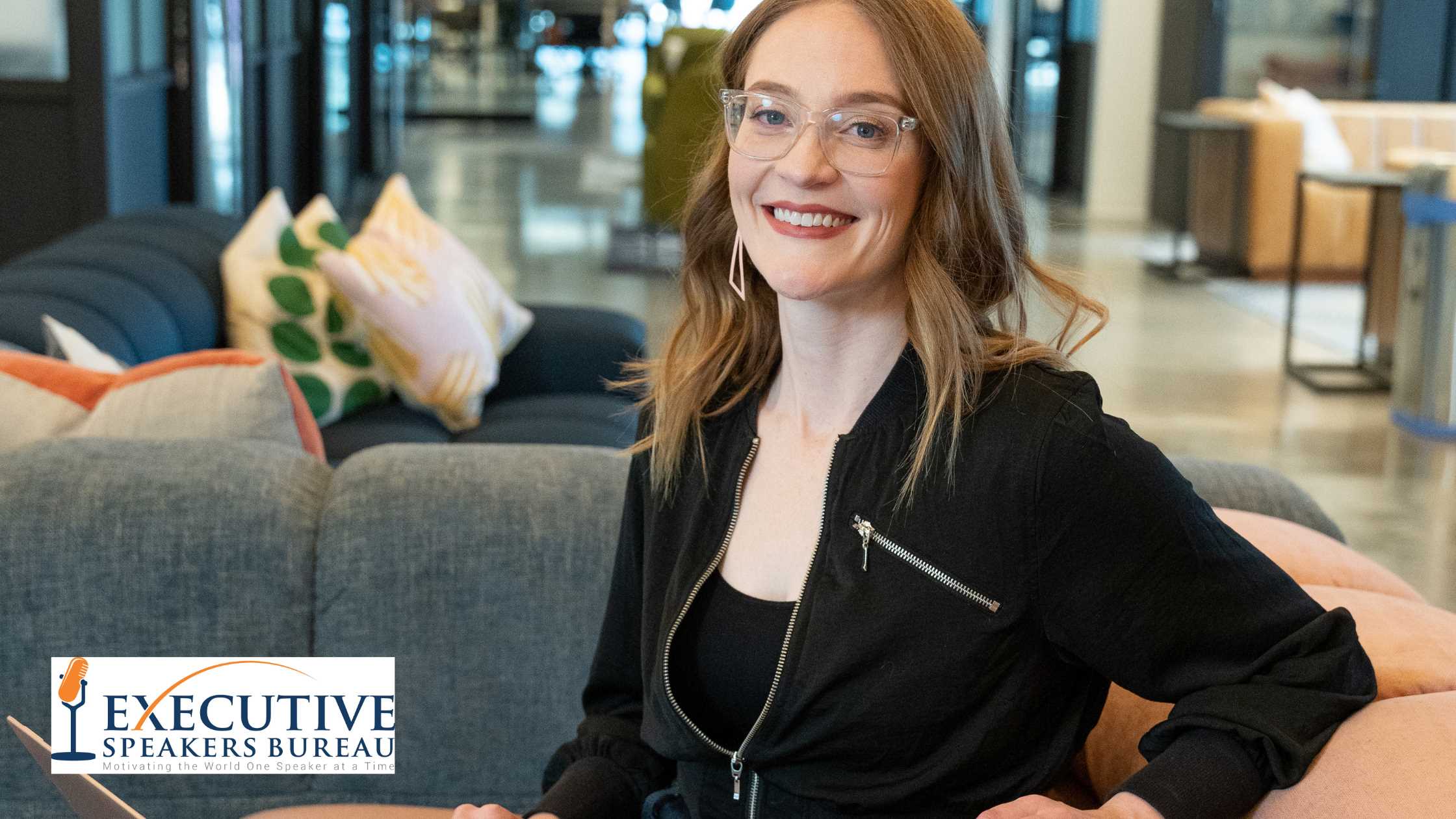
Trendspotting 101:
From the Future Trendspotter Herself, Hannah Ubl
To an outside observer, trendspotting may seem like an oracle peering into a crystal ball. It’s as close as we can get to tell the future, but it all comes down to data exploration. We reached out to Hannah Ubl, Co-Founder of Good Company Consulting and Future Trendspotter, to lift the veil on the science of trendspotting. As a communication and culture expert, Hannah’s future trends focus on human resources and the effects of workplace culture on the entirety of an organization. Without further ado, here are Hannah’s insights into the art of trendspotting.
What is a trendspotter?
For us at Good Company Consulting, workplace trendspotting is made up of two parts.
First, identifying the broad, sociological patterns in the work world at large. What new workplace norms are emerging? What are the expectations (and sometimes demands) of the current workforce? Why are these trends emerging?
And second, getting a pulse of what’s happening within organizations. We take a deep dive with our clients to understand what specific challenges they’re facing, and where they’re excelling from a workplace culture perspective.
We pair those external trends (world of work) with internal trends (within organizations) to help our clients create better work environments.
What’s important to us in this process is spotting when a trend is a reaction versus a response. For example, in the beginning of the pandemic, multiple leaders made headlines when they announced they “may never go back to the office.” Clients told us they were scrapping office renovation plans and moving to a hotdesk environment. We saw this as a reaction to a spike in work from home productivity.
But it’s important to pause and listen to the people doing the work before responding. What do they really want? Are leaders making decisions based on a passing trend or one that will truly change the future of work? We help clients make decisions based on trends that likely have staying power, rather than passing fads.
Why are internal trends just as important as external trends?
Each organization has its own culture and norms, so we can’t assume that all external trends relate to everyone. They do tell a very real story about what’s going on in the world of work, but it’s often just a benchmark.
For example, it’s clear chronic stress is a big challenge. And while job stress is directly related to having many demands and limited control—how that looks, and why it shows up, is much more nuanced within each individual organization. Has there been a reorganization within the company? How did leadership handle moving back to the office? Do managers have the resources they need to support the organization's emotional culture?
When we work with clients, the external trends help us make sense of what’s happening in the world of work, but the internal trends help us make sense of it for them.
Is it sometimes hard to really tell people what’s going on in their businesses?
Yes and no. No, because we believe that hard conversations can spark real change. Yes, because:
1) We may not know everything going on in an organization, so we work extra hard to make sure that we are sharing the most accurate information.
2) It can be tough information to hear. It is common for people to ask for solutions or strategies to fix whatever might be wrong, but we often find that those changes need to start with the person seeking our help in the first place. We hold up a mirror to them at times, and I wouldn’t say that’s an easy conversation to navigate, but we do it anyway.
Additionally, there are no quick fixes to some of the bigger, institutional challenges. A lot of the work lies in mindset shifts—learning to approach work in a new way. Things like ditching the concept of human capital for human beings. Going from a hustle and grind culture to one that embraces calm. Prioritizing efficiency over productivity. These changes in mindset and perspective are foundational to creating lasting change.
What are some of your key questions you ask to get to the bottom of things?
The key question, often, is “why?”
When reading trending headlines or the latest finds about employee engagement, our first question is why. When we speak with clients, we can ask any kind of initial question but asking why multiple times gets to the root of what we want to know.
Once we’ve developed trust, an important question is “What are you scared of?” or “Where does fear play a role?” Many decisions and reactions at work come from a place of fear or insecurity—and that is very understandable—but there’s only so much progress we can make before knowing exactly what the roadblocks are. In the process of writing our book, The Future is Human, about how the workplace will be forever changed by the pandemic years, we spent hours learning from people’s experiences at different stages of the pandemic, all in an effort to understand why certain trends like The Great Resignation were occurring.
How do you find trends?
We devour content to understand external trends. We seek information from anywhere and everywhere people are talking about work. Our sources include things like online academic journals, reports, surveys, magazines, blogs, podcasts, and books.
But, we find some of the most powerful information on social media. We turn to platforms like LinkedIn, Instagram, Facebook, and TikTok to get a more unfiltered look into what’s on people’s minds. It helps us tap into the collective consciousness, and tease out the why of bigger, sociological trends that can be missed in the more “formal” research sources.
And for the internal trends and research, we rely heavily on client conversations as well as internal documents that they’re willing to share (pulse surveys, culture manifestos, etc.). The most important part of internal trendspotting, though, is undoubtedly our conversations with people at all levels within an organization. Our customization process includes so many one-on-one, honest conversations with people about what they’re experiencing at work. You can’t get that kind of vulnerability and truth from the data alone.
Hannah Ubl’s insights into trendspotting in the workforce are valuable lessons you can bring to your own organization. With Hannah’s coaching and expertise, she can not only identify trends in your industry but also guide you through trends that will specifically affect your team. Bring her to your next event or workshop to create a culture that thrives.
Recent Posts








Sign up for our Email Newsletter
Testimonials
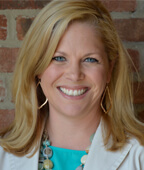
Need Suggestions? Have Questions?
Call to discuss how we can you help find the right speaker(s) for your organization.
© 2024 Executive Speakers Bureau. All Rights Reserved.
Design and Developed by eBiz Solutions
Get Ideas in 1 hour or less
Executive Speakers Bureau consistently receives praises about our speed and efficiency. From the beginning of your event planning, our extensive online speaker database and resourceful staff allow us to quickly equip you with the best speaker for your event.
Need a last minute speaker? No worries. Our speed and efficiency help us give you ideas for speakers in one hour or less.

 Jessica Welch
Jessica Welch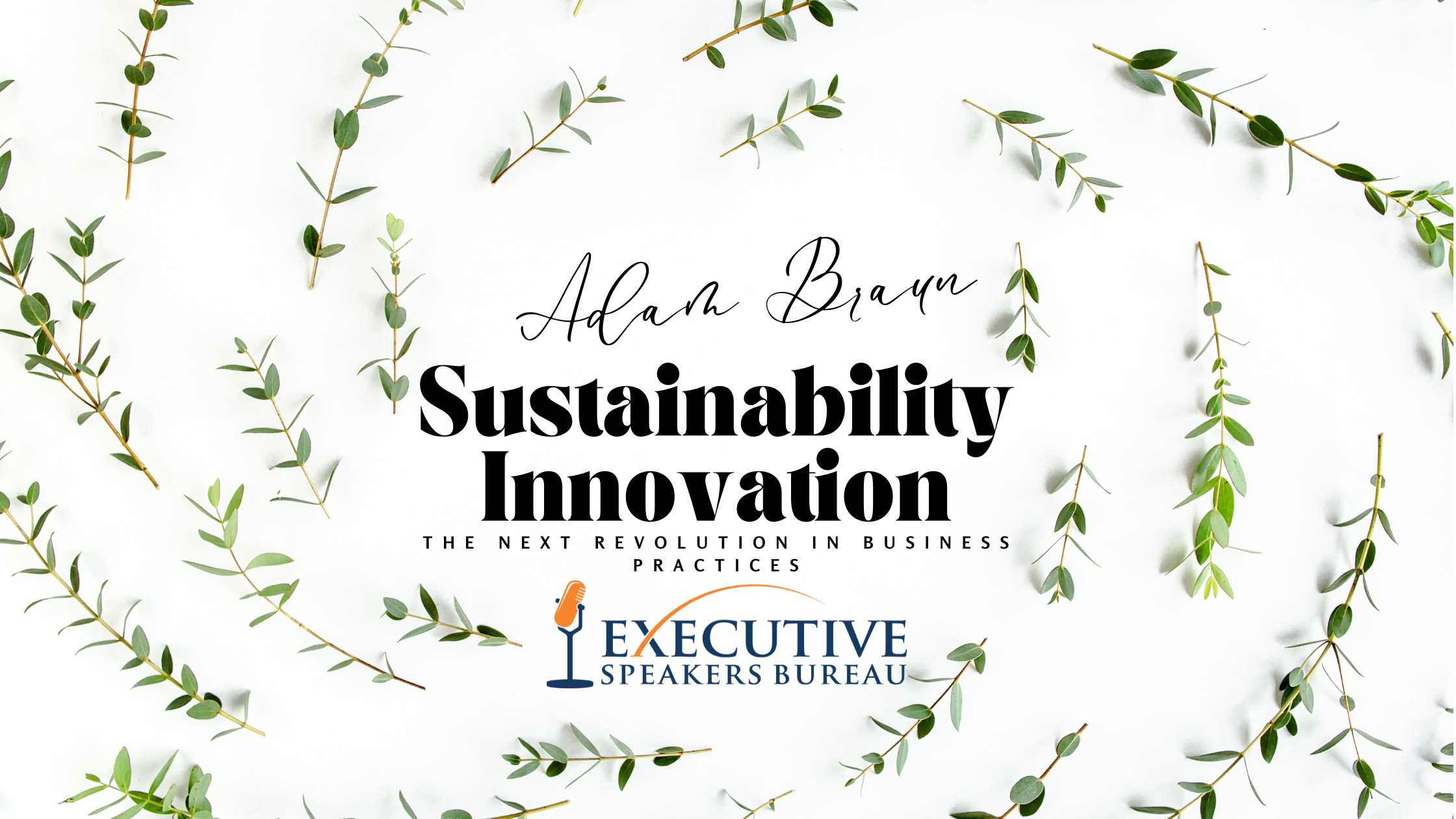

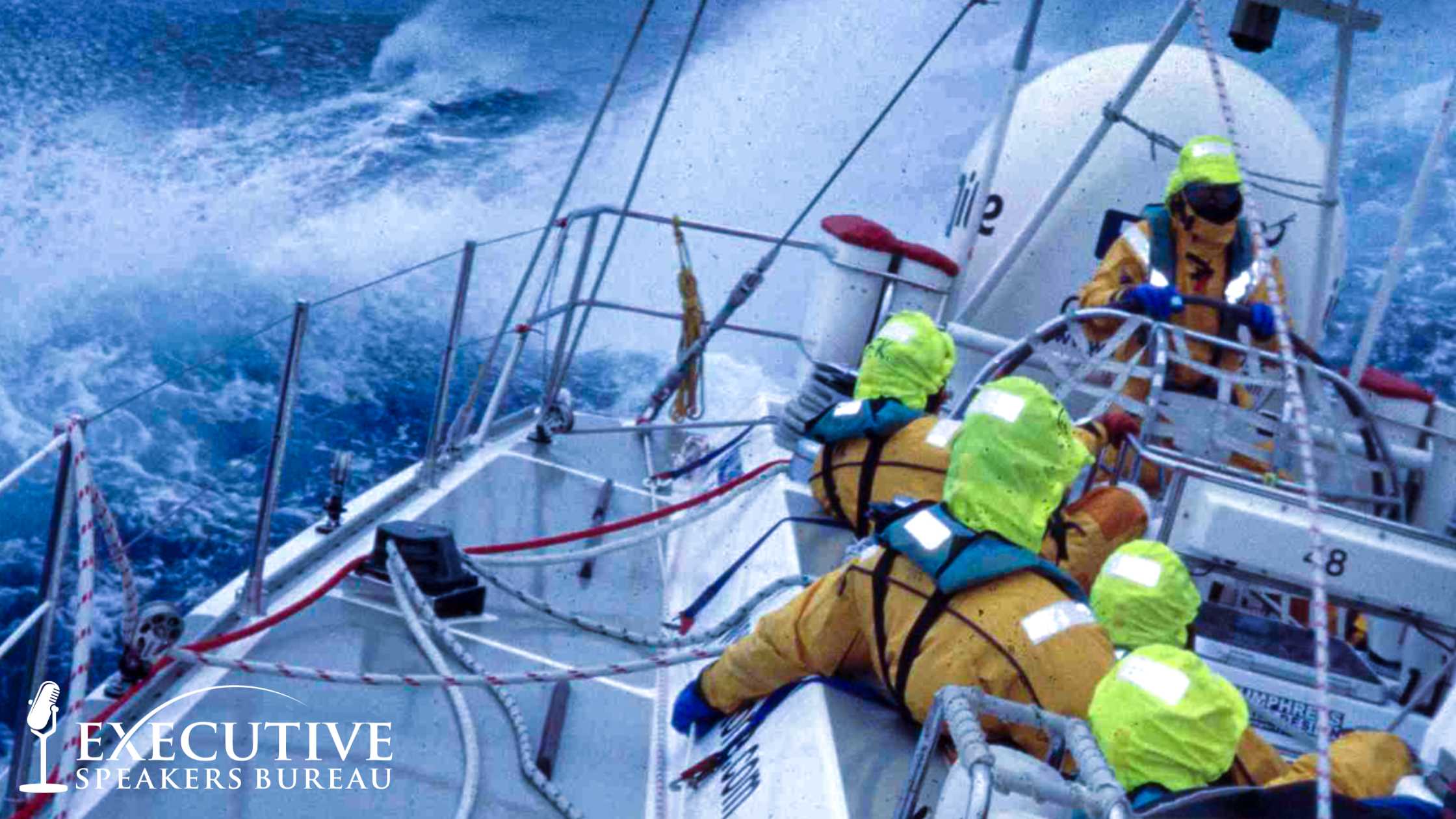
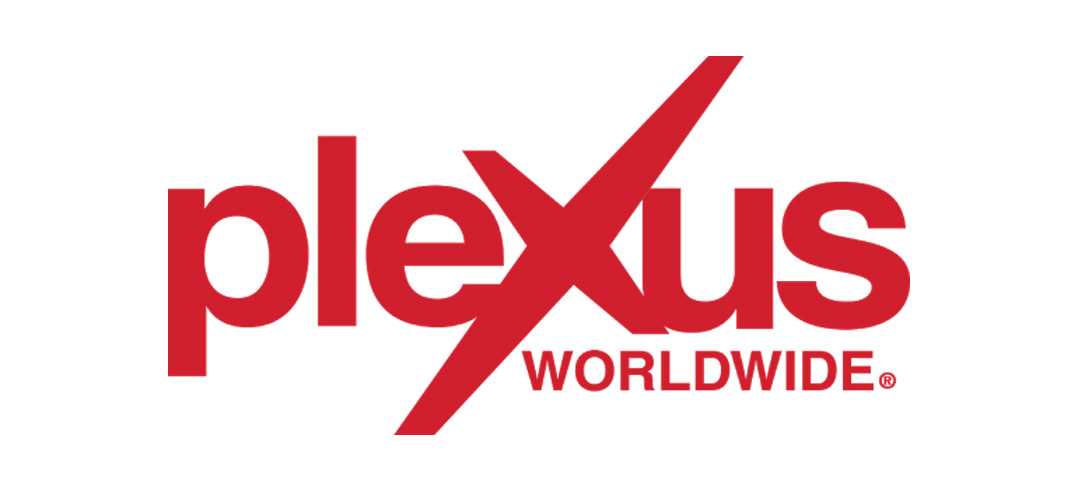

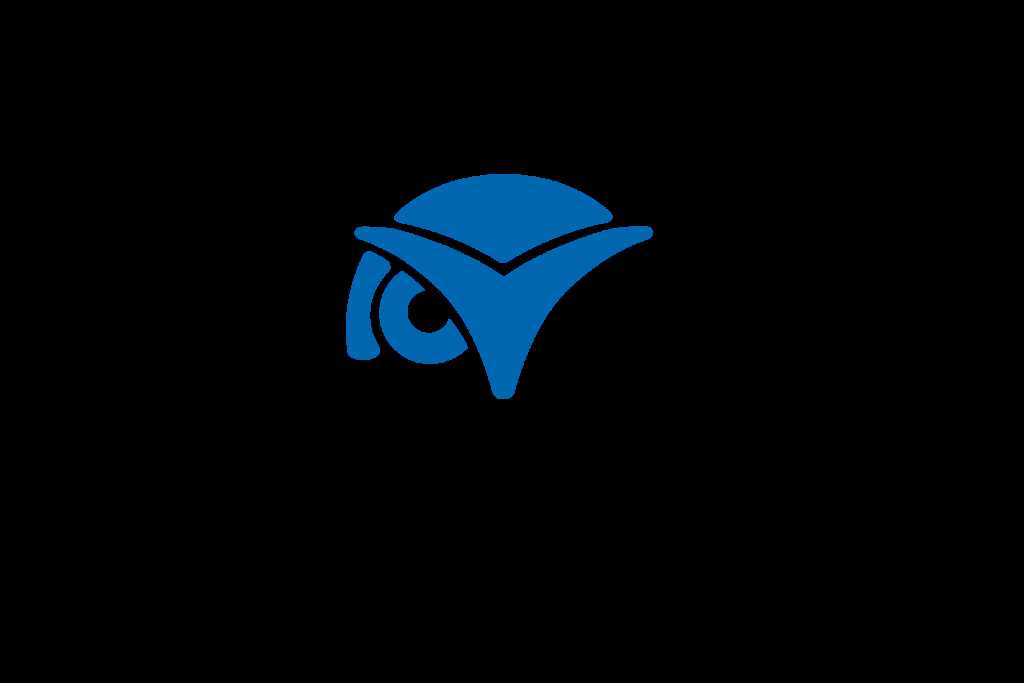

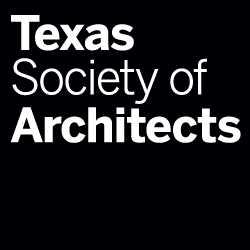
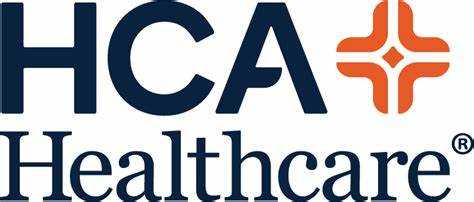
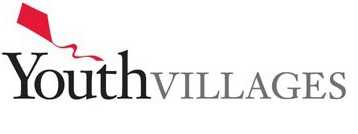
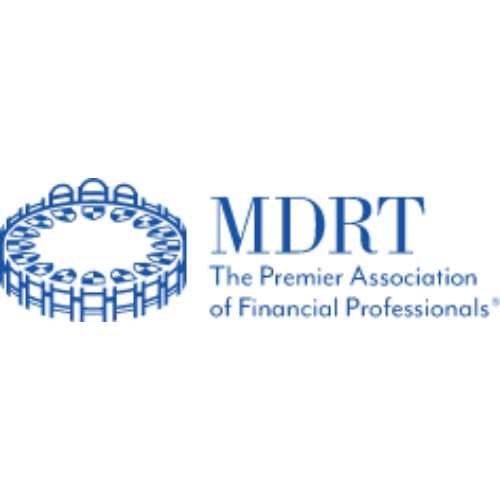


Comments
Leave a Comment